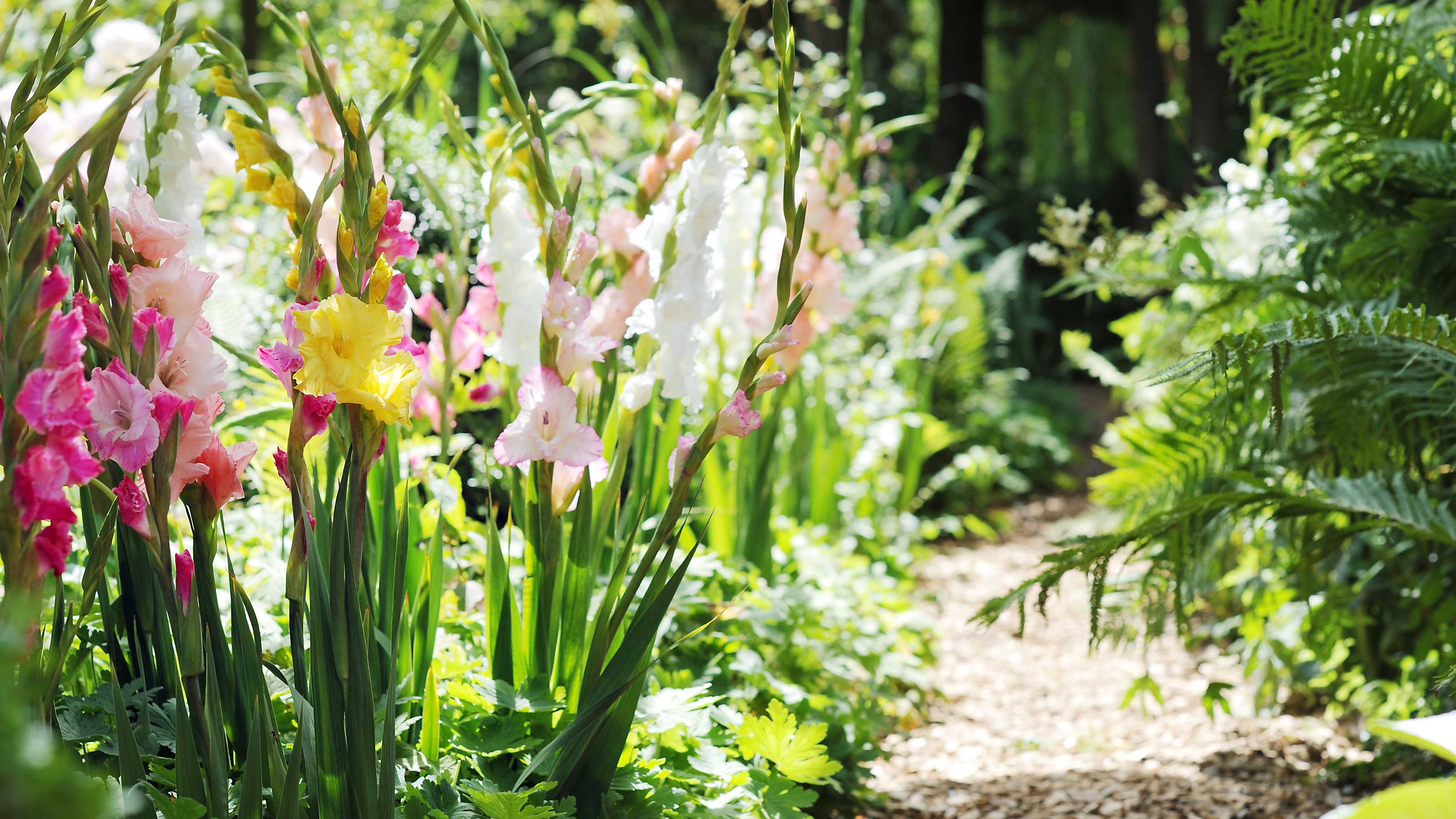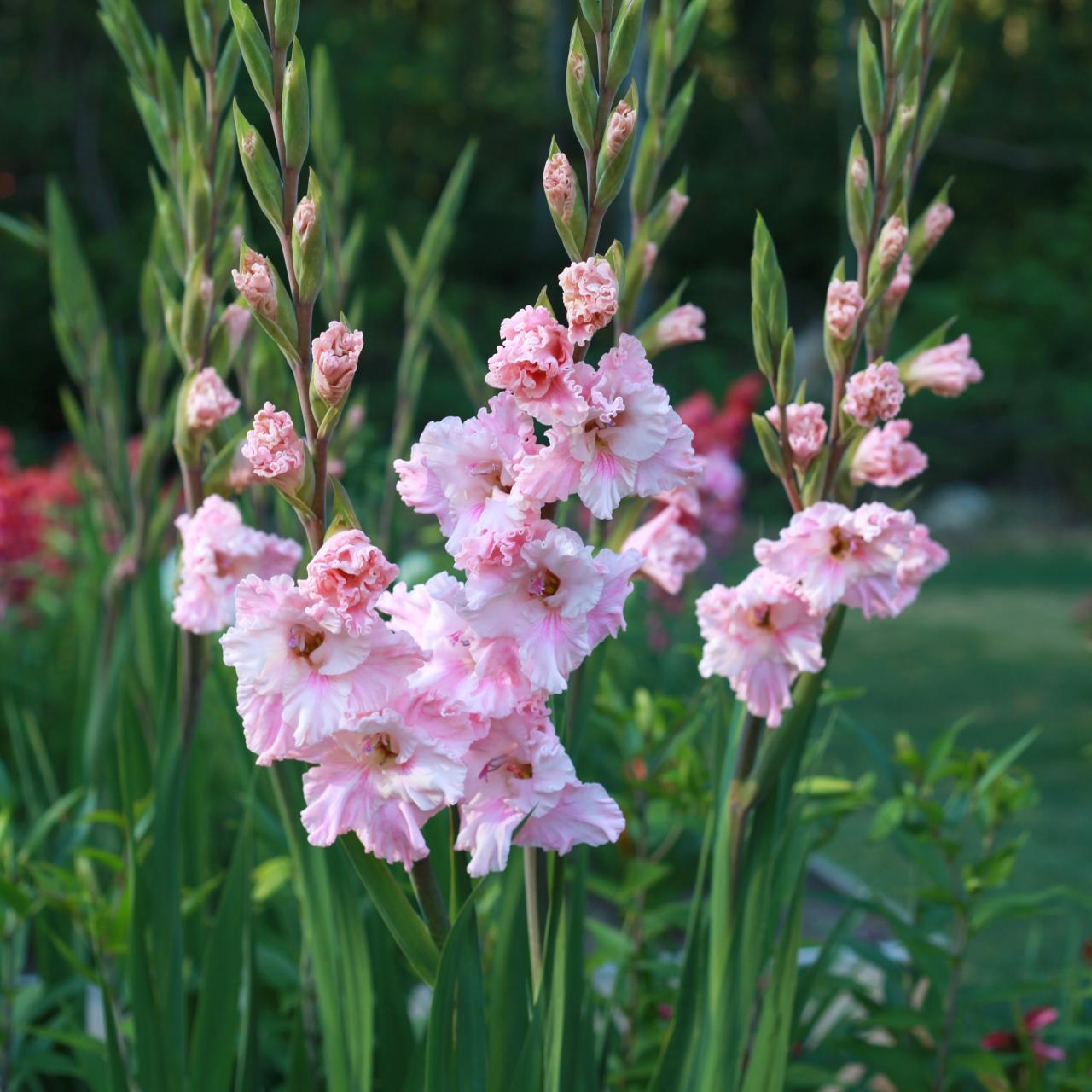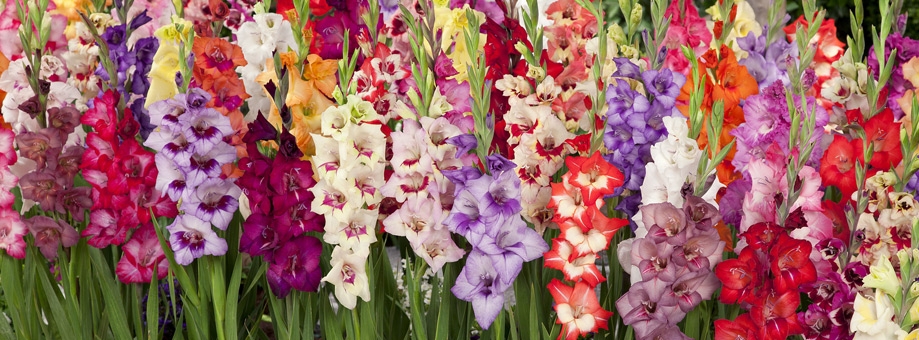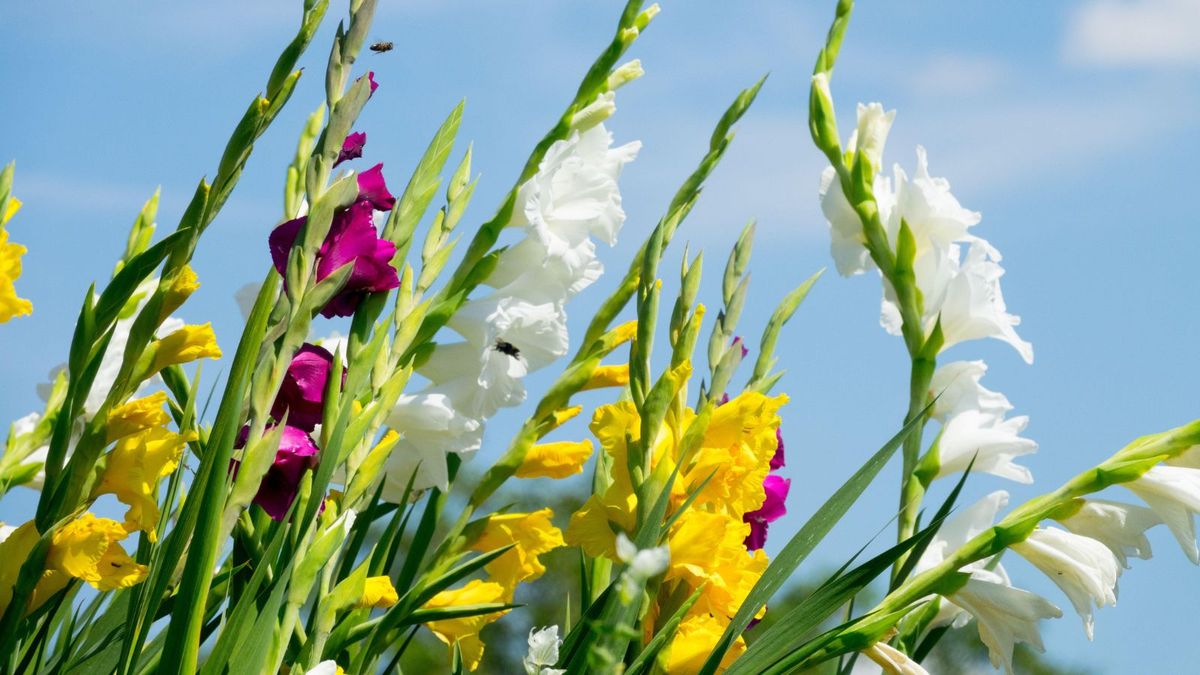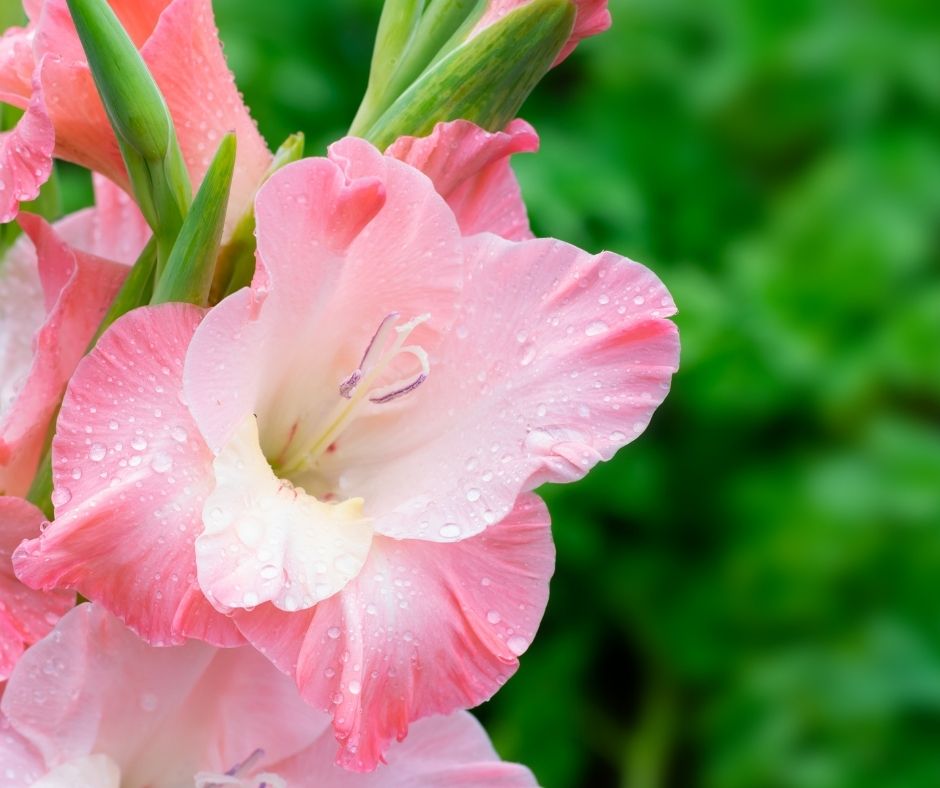Choosing the Perfect Gladiolus Bulb for Your Garden
Selecting high-quality gladiolus bulbs is crucial for a successful and thriving garden. When it comes to choosing the right bulb, there are several factors to consider. Bulb size, for instance, plays a significant role in determining the height and bloom size of your gladiolus flowers. Larger bulbs typically produce taller plants with bigger blooms, while smaller bulbs result in shorter plants with smaller flowers. Color is another important consideration, as gladiolus bulbs come in a wide range of vibrant colors, from classic whites and yellows to bold reds and purples. Variety is also essential, as different types of gladiolus bulbs have unique characteristics, such as bloom time, height, and hardiness. By taking the time to select the perfect gladiolus bulb for your garden, you’ll be well on your way to growing stunning, long-lasting flowers that will add beauty and elegance to your outdoor space. Remember, learning how to plant a gladiolus bulb correctly starts with choosing the right bulb for your specific needs.
Preparing the Soil for Your Gladiolus Bulbs
Before learning how to plant a gladiolus bulb, it’s essential to prepare the soil to ensure optimal growth and blooming. Gladiolus bulbs thrive in well-draining, fertile soil with a pH between 6.0 and 7.0. To test your soil pH, use a soil testing kit or send a sample to a laboratory for analysis. If your soil is too acidic or alkaline, add lime or sulfur accordingly to achieve the ideal pH range. Remove any debris, rocks, and weeds from the planting area to prevent competition for nutrients and water. Adding organic matter such as compost or well-rotted manure can improve soil structure, increase fertility, and support healthy microbial activity. By preparing the soil properly, you’ll create a conducive environment for your gladiolus bulbs to grow and thrive.
How to Plant Gladiolus Bulbs for Maximum Growth
Now that you’ve selected high-quality gladiolus bulbs and prepared the soil, it’s time to learn how to plant a gladiolus bulb for maximum growth. Planting gladiolus bulbs at the right depth is crucial for their development. Plant the bulbs 2-4 inches deep, depending on the variety, with the pointed end facing upwards. Space the bulbs 3-6 inches apart, depending on the mature size of the plant. When planting, make sure the soil is moist but not waterlogged, as this can cause the bulbs to rot. Orient the bulbs in a way that allows the foliage to grow towards the north, reducing the risk of the leaves becoming scorched by the sun. After planting, water the soil gently but thoroughly to settle the soil around the bulbs. By following these steps, you’ll be well on your way to growing healthy, thriving gladiolus plants that will bloom beautifully in your garden.
The Ideal Location for Your Gladiolus Bulbs
When learning how to plant a gladiolus bulb, it’s essential to choose the right location for optimal growth and blooming. Gladiolus bulbs require full sun to partial shade, depending on the variety, so select a location that receives at least 6 hours of direct sunlight per day. The ideal temperature for gladiolus bulbs is between 65°F and 75°F (18°C and 24°C), making them perfect for spring and summer gardens. Additionally, gladiolus bulbs need protection from strong winds, which can cause the stems to break or become dislodged. Planting in a location with some wind protection, such as near a wall or fence, can help prevent this. Finally, consider the mature size of the gladiolus plant when selecting a location, ensuring that the bulbs have enough space to grow and bloom without becoming overcrowded. By choosing the right location, you’ll be well on your way to growing healthy, thriving gladiolus plants.
Watering and Caring for Your Gladiolus Bulbs
After learning how to plant a gladiolus bulb, it’s essential to provide proper care to ensure healthy growth and blooming. Watering is a critical aspect of gladiolus care, as these bulbs need consistent moisture to thrive. Water the soil gently but thoroughly, making sure not to overwater, which can lead to rot and other problems. Aim to provide about 1 inch of water per week, either through rainfall or irrigation. In addition to watering, fertilize your gladiolus bulbs regularly, using a balanced fertilizer that promotes healthy growth and blooming. Deadheading, or removing spent blooms, is also crucial to encourage gladiolus bulbs to produce more flowers. Simply snip off the faded blooms at the base, and new flowers will emerge. Finally, keep an eye out for pests, such as aphids and slugs, and take action promptly if you notice any problems. By following these care tips, you’ll be able to enjoy the beauty of your gladiolus flowers for weeks to come.
Troubleshooting Common Gladiolus Bulb Planting Mistakes
When learning how to plant a gladiolus bulb, it’s essential to avoid common mistakes that can hinder growth and blooming. One of the most common mistakes is overwatering, which can cause the bulbs to rot. Make sure to check the soil moisture regularly and avoid watering if the soil is already moist. Underwatering is another common mistake, which can cause the bulbs to become stressed and fail to bloom. Ensure that the soil is consistently moist, but not waterlogged. Poor soil quality is another mistake to avoid, as gladiolus bulbs require well-draining soil that is rich in organic matter. Test the soil pH and amend it if necessary, and add compost or other organic matter to improve soil structure. Finally, failing to provide support for tall gladiolus varieties can cause them to become leggy and weak. Provide stakes or other support systems to keep the stems upright and promote healthy growth. By avoiding these common mistakes, you’ll be able to enjoy the beauty of your gladiolus flowers for weeks to come.
Encouraging Gladiolus Bulbs to Bloom
To encourage gladiolus bulbs to bloom, it’s essential to provide the right conditions for growth and development. One of the most important factors is staking, which helps to support the tall stems of gladiolus plants. Use bamboo stakes or other supports to keep the stems upright and prevent them from toppling over in the wind. Pruning is another important technique to encourage blooming. Remove any weak or damaged flowers to direct the plant’s energy towards producing more blooms. Providing support is also crucial, especially for tall varieties of gladiolus. Use a trellis or other support system to keep the stems upright and promote healthy growth. Additionally, make sure to fertilize your gladiolus bulbs regularly, using a balanced fertilizer that promotes blooming. By following these tips, you’ll be able to encourage your gladiolus bulbs to produce more blooms and enjoy the beauty of your flowers for weeks to come. Remember, learning how to plant a gladiolus bulb is just the first step – with proper care and attention, you can enjoy a stunning display of color and beauty in your garden.
Enjoying the Fruits of Your Labor: Gladiolus Bloom Care
Once your gladiolus bulbs have bloomed, it’s essential to care for the flowers to extend the blooming period and enjoy the beauty of your gladiolus plants. One of the most important tips is to deadhead the flowers regularly, removing any wilted or faded blooms to encourage the plant to produce more flowers. Additionally, make sure to water your gladiolus plants regularly, but avoid overwatering, which can cause the flowers to become waterlogged and drop. Fertilizing your gladiolus plants with a balanced fertilizer can also help to promote blooming and extend the flowering period. To enjoy the beauty of your gladiolus flowers for weeks to come, consider cutting the stems and arranging them in a vase, where they can be admired and enjoyed. By following these simple tips, you’ll be able to enjoy the fruits of your labor and appreciate the beauty of your gladiolus flowers. Remember, learning how to plant a gladiolus bulb is just the first step – with proper care and attention, you can enjoy a stunning display of color and beauty in your garden.

